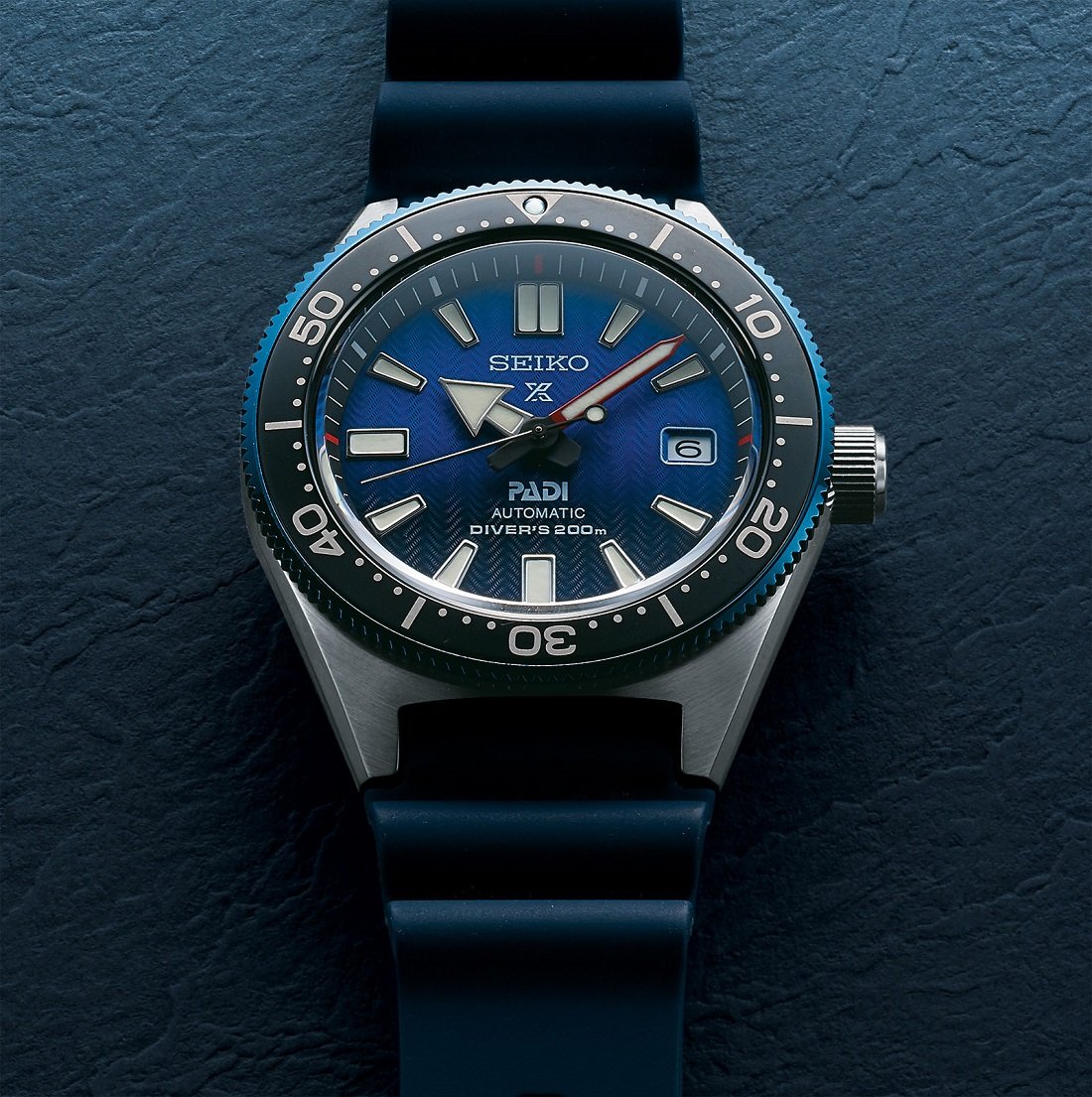I have a different perspective...
Finishing on lower end stuff is pretty much non-existent, but yes the high end watches are on par with mid-tier Swiss brands like Rolex and Omega.
If you are "regulating" these to within a "few seconds in 4 or 5 positions" can you explain exactly what that means? If you mean getting positional variation (Delta) of a few seconds over 5 positions on a consistent basis, well I would love to know your secret, because that is not my experience at all.
Pretty much any watch can be made to run at zero gain or loss "while flat" - I take this to mean in one position. And of course spring drive is a quartz watch, so although it's an awkward quartz watch, the accuracy is not bad for quartz but certainly not the best.
When I think of Seiko I think of cheap materials, soft screws, low amplitude, and poor timekeeping on the lower end. On the high end I think of better finishing but still low amplitude, better timekeeping, but often overly complex ways of doing what should be simple things.
How do they do it? Offshore production in low wage countries and volume mostly, along with controlling the supply chain by being vertically integrated. Also they don't spend a lot on supporting the products far into the future like other brands do, so they don't spend money keeping parts around for decades.
Cheers, Al










